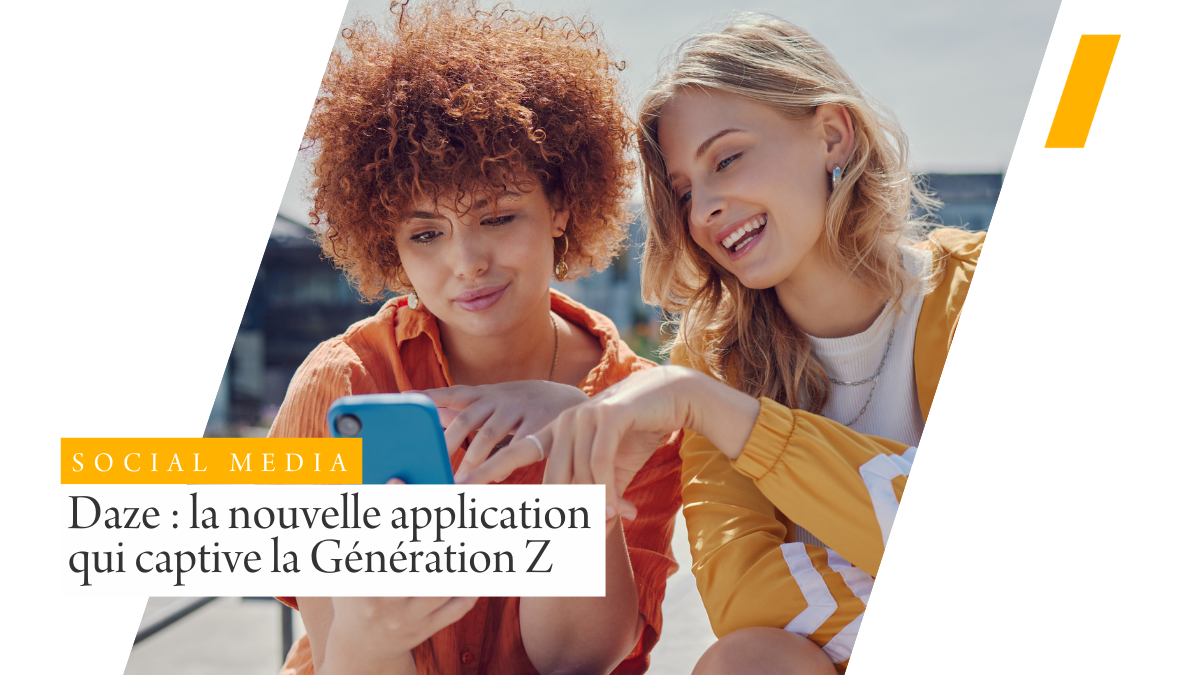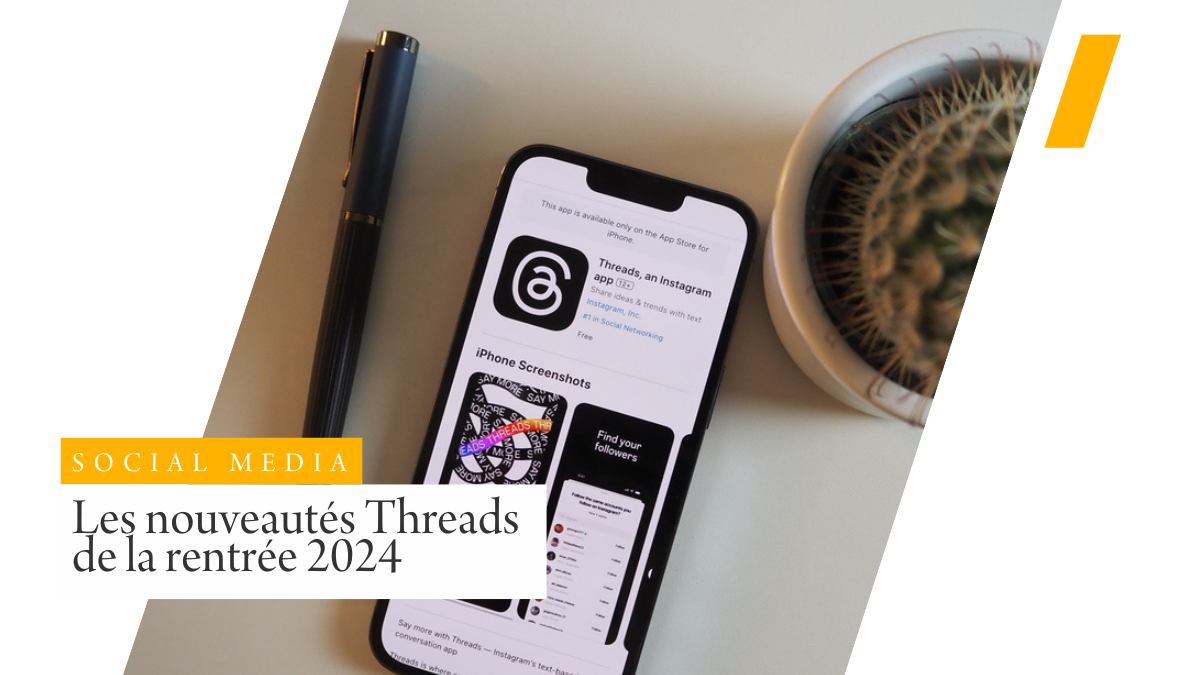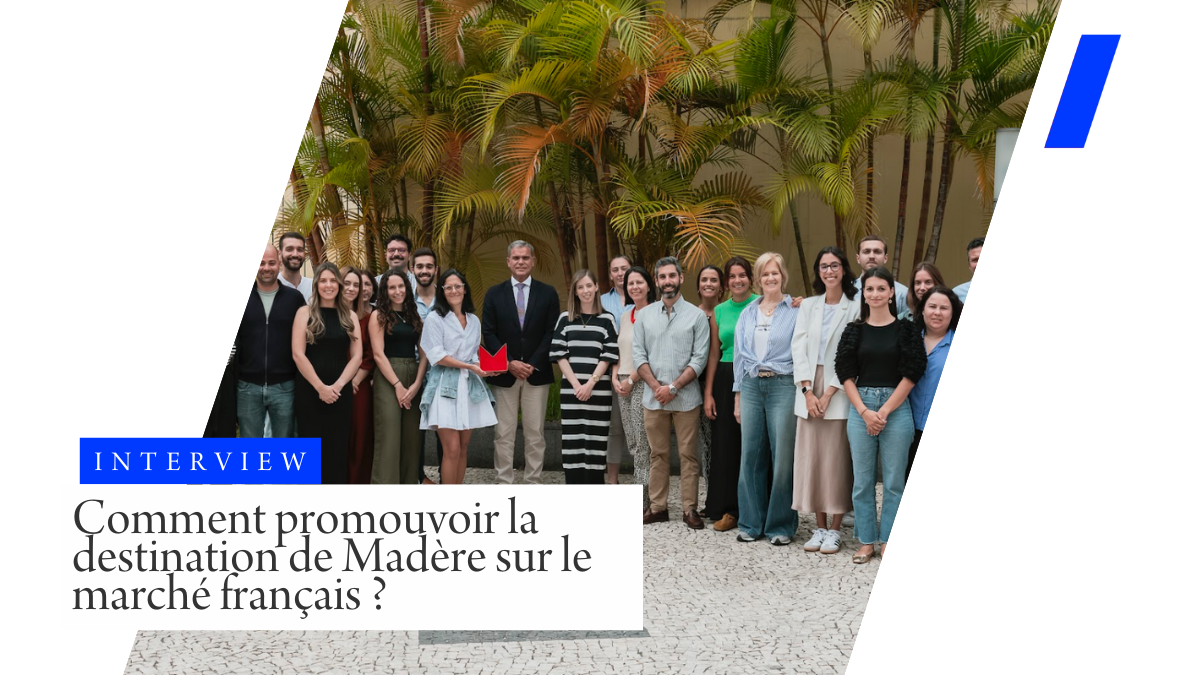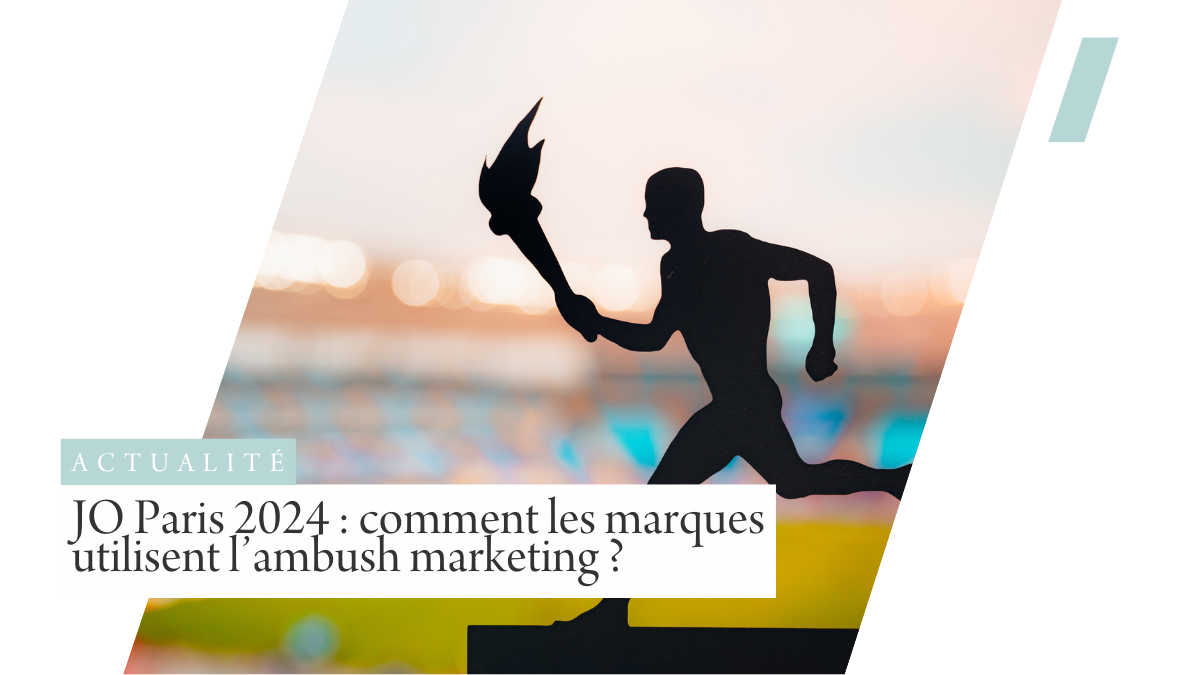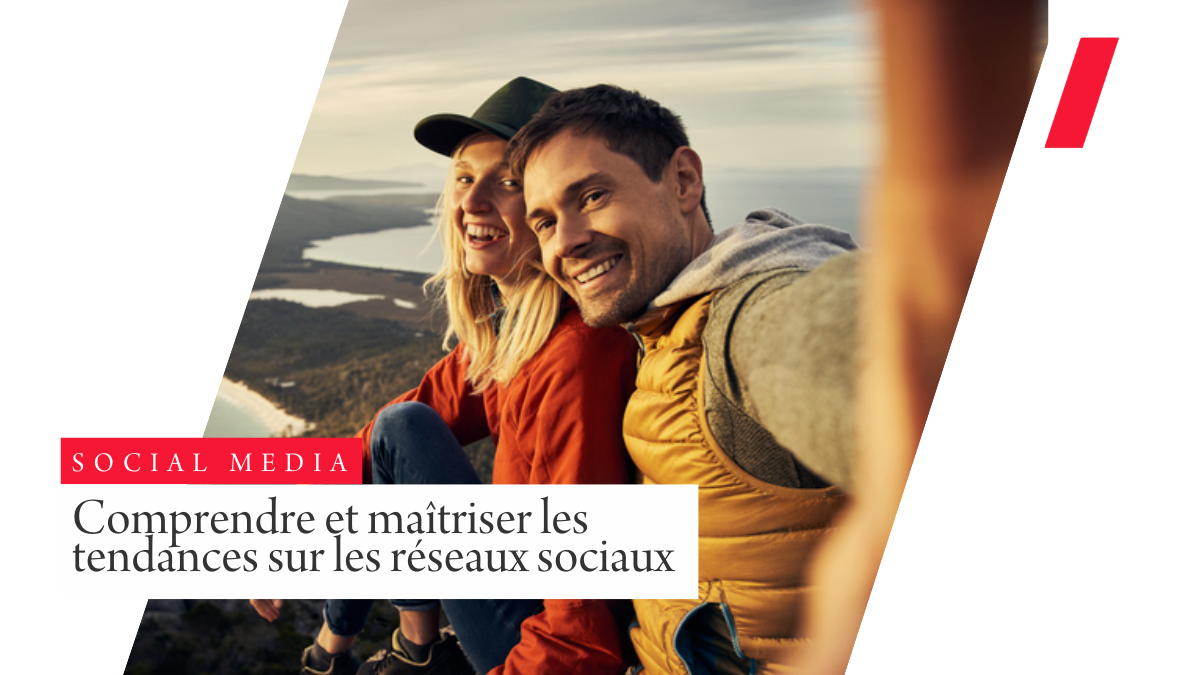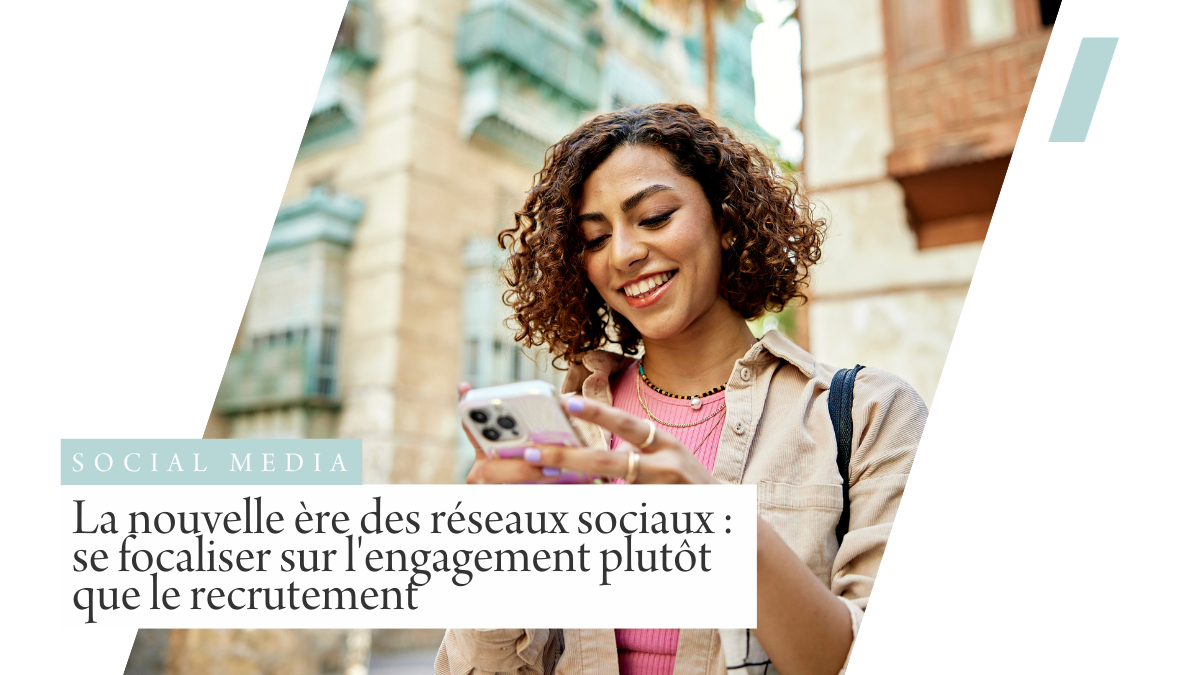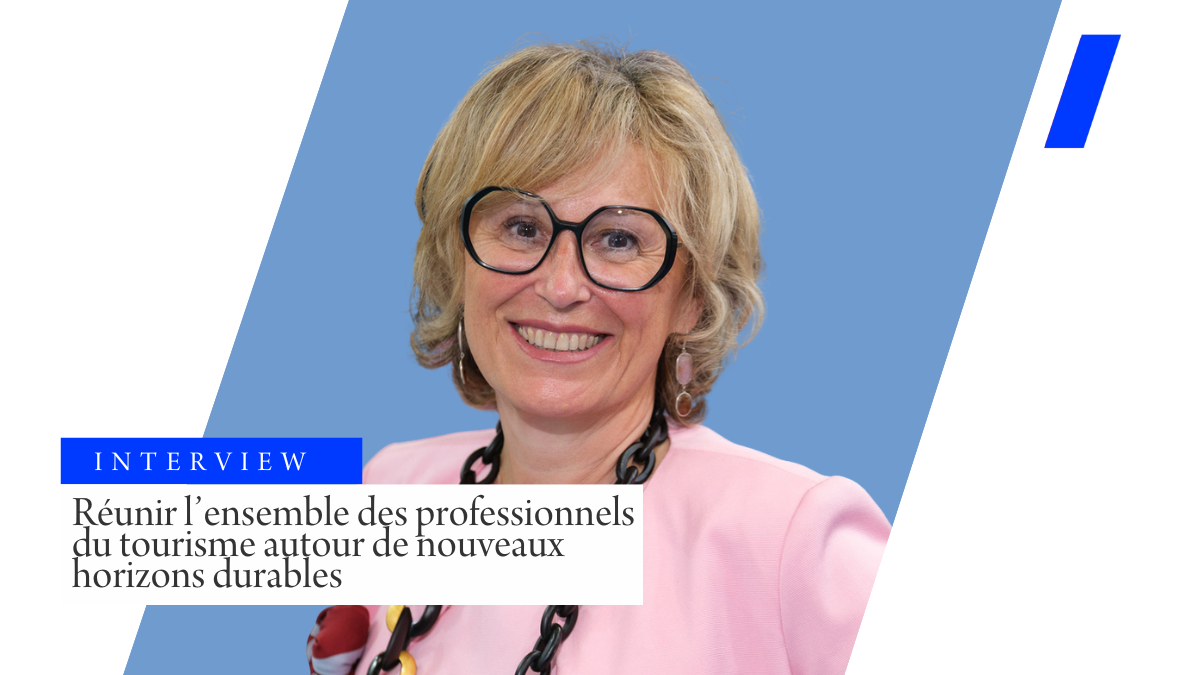The current global crisis has brought many sectors to their knees, but if there’s one sector that’s coming out on top, it’s social media.
With 1 in 2 human beings locked up, we’ve never been so connected on social networks.
To communicate, to create, to transmit, to work, whatever the reason, the space is more open than ever, and the phenomenon is intergenerational and across all territories.
And there’s a new kid on the block who’s making the most of it!
Everyone’s been talking about it for weeks, if not months, as the new network that’s exploding.
In January 2020, it overtook its elders, Facebook and Instagram, with 70 million downloads worldwide and 1 billion users in just 3 years, the figures point to a tidal wave this spring.
Will it be a short-lived wave or a real phenomenon that will turn our communication habits upside down?
A number of questions arise, notably about the audience and its qualification, about content, its quality and its value, our place as advertisers, and the place of content creators in the Travel sector.
Is TikTok a good idea for our digital communications?
Are we ready to invest in this network, and for what return in terms of brand awareness and sales?
Analysis and recommendations for the new tool TikTok.
The figures shown were collected at source, from TikTok | Bytedance Inc on May 4, 2020.
 TikTok, Kezako?
TikTok, Kezako?
Is it any surprise that the mobile video-sharing app comes to us from the tech continent?
No, not the USA, this time it’s a social network made in Asia that emerged in 2016.
Its logo evokes a musical note, and everything is clear: fun, dancing, singing, 60 seconds of clips to entertain.
Celebrities and teenagers were quick to jump on board to show off their creativity and humor.
You may have discovered it under the name Musical-Ly just a few months ago… After a $1 billion buyout in 2018, TikTok is reborn to expand worldwide.
And here we are, in 2020, you’ve all heard about it.
TikTok videos have appeared on your Instagram feed, Facebook, and maybe even the “social network for teens” has caught your eye and you’ve downloaded it.
You have to put on gloves and take precautions to dissect such a young social network.
Uses evolve very quickly, and despite all the statistics we can produce, it’s clear that the only decision-makers on the future of a social medium are its users themselves.
And everything rests on their shoulders: as a free application, they are the product that we agencies – and by extension, brands, advertisers and influencers – seek to identify.
If we’ve already demonstrated the KPIs of effective influencer marketing on solid, historic media like Instagram, Facebook, or even Linkedin for the B2B network, when a new tool arrives, it’s the same question that arises: who, how, and why?
The social network for teens or creatives?
Admittedly, a Tiktok video takes time.
It even takes longer to create than an IGTV on Instagram.
And it’s teenagers, perhaps because they have free time, who have taken to it.
But it’s a phenomenon we’ve seen before.
Think back to the arrival of Instagram 10 years ago.
Visualize your reaction: “I already have Facebook, what’s the point?”
The answer lies in 2 words: targets and content.
Targets because they evolve from one network to another, one chasing the other with the arrival of elders and new generations (who wants to be on their parents’ social network?).
Demographics differ from one network to another, and that’s why digital marketing campaigns are effective, because they take this data into account to adapt format and message.
Content, because each medium has its own use.
Youtube and its videos longer than 15 minutes in horizontal format, Instagram and its stories that generate more engagement than posts, Facebook and its multi-photo posts and external links.
To deploy your communication, you can multiply channels without fear, as long as you adapt your messages.
Remember, targets and content.
What about Tiktok?
The target is young, very young.
But since the beginning of the year, it has been evolving.
Among active users, age is catching up closely with Instagram.
 In fact, there’s no denying that Tiktok feeds off Instagram and vice versa.
In fact, there’s no denying that Tiktok feeds off Instagram and vice versa.
Many users make the connection between the two, and the creators who emerge often have a proven track record on other social media.
CQFD, they will be the application’s showcase.
The audience has aged.
That’s good news.
Will it stay?
That’s what’s at stake for Tiktok over the next few months, as we need to retain a qualified audience that brands can exploit.
So what do we do?
We’re working on our content to improve its quality.
Because the brand image of an application remains its users, or rather: its content creators.
Content, here we come.
Tiktok aims to become the leading tool for creating and promoting vertical videos.
And the figures prove him right.
But couldn’t we be reducing the application to a trendy, intuitive content creation tool, reserved for influencers, celebrities or brands with an offbeat positioning?
It’s not too early to answer: we say no.
Admittedly, the tool is creative and the emerging side of the application is more easily suited to young brands and an uninhibited tone.
However, creativity drives virality, and isn’t that what we’re looking for to reach one of our key audiences with proven buying power: millenials?
So, tomorrow we’re all Tiktok?
The question arises, and it’s up to us to decide its future.
The economic balance of Instagram or Facebook, for your digital communication, lies in several optimization pillars.
You need to be able to create advertising and generate traffic, transforming the view into an act of purchase.
Easy to write, but in reality, it’s your entire communications strategy that needs to be thought through in order to make your investments profitable.
The CPC (cost per click) on Tiktok is €0.05, whereas it’s between €0.50 and €1 on Instagram.
It’s a wonder we have any potential at all.
Let’s get to the heart of the matter: how are we going to make money with Tiktok?
Today, the call to action exists, and it would appear that the application is currently in active development on the subject of Add, as well as the traceability of the user path.
If we can reach a target adapted to our prospects, create a communication in our image, and track the impact, then why not give it a try?
With care and moderation, but the application remains a tool that enables us to create original content that can be promoted on other networks, so the ROE is extensible.
We can’t repeat it often enough: your digital communication goes through 3 essential phases, in order: awareness (making people know you), acceptance (making people like you), sales (making people act).
An additional tool to activate your notoriety, and create affect.
We’ll have to wait a little for the tourism sector, though, when it comes to converting sales into purchases.
However…
Inspiration is the first step towards purchase.
Yes, we should be able to sell make-up or dresses on a Tiktok dance, but can’t we promote a destination in a creative 60-second format to a millennial target?
Bruno Maltor – Travel influencer on TikTok
We put the question to Bruno Maltor, France’s leading Travel influencer, who this week reached 100k subscribers on the app.
 How long have you been on the app?
How long have you been on the app?
It’s been over 2 years now, back in the days of Musica-ly, an app on which you sing playbacks to music.
They had contacted me and other influencers to differentiate the content on offer in order to share videos (for me, travel) and that’s what I did for a few months, in an unpaid capacity.
I then abandoned it.
And I came back to it in a more sustained way at the beginning of the confinement.
I found that the content was more varied, creative and intriguing, and that made me want to get involved.
Today, I’ve reached 110K subscribers, and I think the application can be considered the benchmark for vertical-format video.
Of course, you can’t compare it to Youtube, which is currently thinking about a competing application (“Short”), but I think there’s real potential with Tiktok and it’s still underestimated today.
How would you define yourself on your Tiktok account?
Do you have the same identity and positioning as on your other social media sites?
Super interesting question (laughs), whether on Facebook, Instagram, Twitter, Youtube or Linkedin, I have a different positioning and way of communicating.
You can’t have the same message on Twitter, which limits the number of characters, as on Facebook, where the hashtag is less important than on Instagram, and so on.
For example, on Tiktok, I’ll be able to talk to the community on a first-name basis, and I’ll be able to edit more quickly, because we’re on a 60-second maximum format.
I’ll create a storytelling in several videos to encourage subscribers to follow the story and the account.
I try to create something that’s specific to the social network and what makes it different from the others.
Tiktok is unique, and you have to communicate in a different way.
Do you have any idea of the audience you reach on your Tiktok videos?
I have some information, like gender and interests, but I don’t yet have their ages, for example.
Do you see it as a creative tool or a social network with a community? community?
A bit of both, because despite the size of the community, I’m still struggling to understand the algorithm, which differs from video to video.
So I’m trying both to be creative and to develop a long-term community.
Since you invest time in this network, can we deduce that you predict a professional future for it?
Yes, I want to believe it.
I’ve seen a real evolution, a real development.
It’s still geared towards humor, but not just that.
I want to believe in the future of the application, but with an eye to what the competition might come up with (as I mentioned Youtube earlier).
Google has suffered a number of failures, we remember (or not) Google+ etc., but it’s something to watch.
Can you imagine doing a Destination or Travel brand campaign on Tiktok in the next few months?
I’m lucky enough to have a lot of subscribers on each of my networks, so I never offer a partnership on just one medium, it works as a package and the communication is deployed across all my communities.
Can you recommend a few accounts for us to follow?
Kodyantle, Sachasmiles, the Redbull account, Zachking, Riotravelers and Lotterlive.
The importance of video in our tourism communications, as mentioned in a previous article, must be at the heart of our concerns.
The power of video to influence our travel consumption habits is obvious.
Take a look at some figures, and you’ll see that 62% of Americans say they choose their destinations on video, 63% choose their activities on video, and 54% choose their accommodation*.
These figures are 5 years old.
The transition is here, the wave has swept over us, and while Tiktok may not prove to be the revolutionary force in our digital communications in the future, it is a serious player to be reckoned with.
Our advice: test and learn.
*Source: Google/Ipsos MediaCT, “The 2014 Traveler’s Road to Decision,” U.S. 2014

